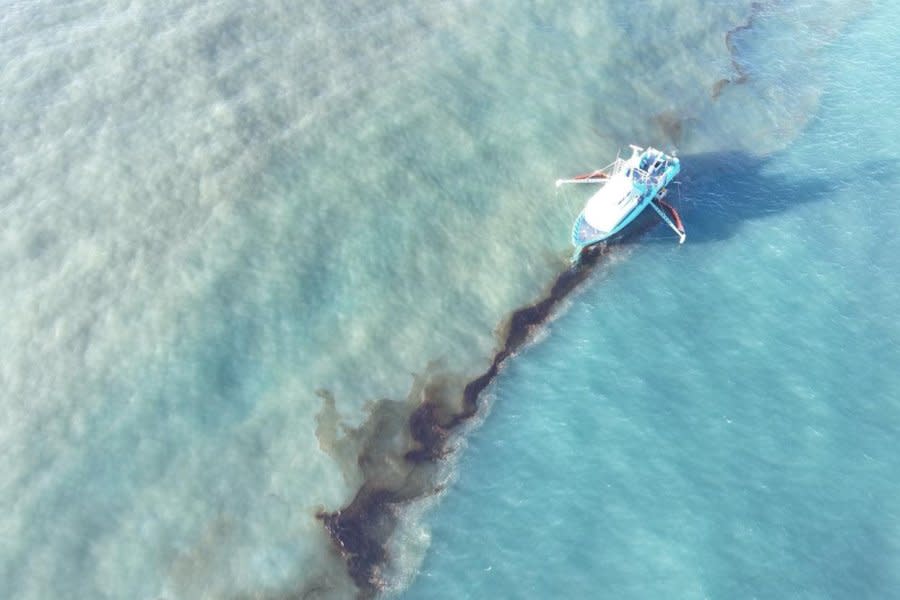1.1M gallons of oil spill in Gulf of Mexico for nearly a week; officials struggle to find source

Nov. 22 (UPI) -- An estimated 1.1 million gallons of crude oil have spilled into the Gulf of Mexico since Nov. 16, with emergency officials scrambling for nearly a week to locate the source of the leak and determine whether an underwater pipeline had ruptured off the Louisiana coast.
The spill was discovered on Thursday near a 67-mile pipeline system owned by Third Coast Infrastructure in Houston and operated by Main Pass Oil Gathering Co. in the lower Bayou.
Remote underwater vehicles were deployed earlier this week to examine the pipeline, but so far have not been able to determine the spill's origin.
So far authorities have not said who's responsible for the spill, but ordered the Main Pass pipeline to shut down the same day as a precaution.
From the outset, Coast Guard officials have focused on the company as the primary suspect behind the spill, although multiple other pipeline firms were operating in the region, complicating efforts to pinpoint the exact source of the spill in its immediate aftermath.
"The vehicles will continue to survey the pipeline if weather conditions permit," the Coast Guard's Unified Command said in a statement.
On Tuesday, Coast Guard officials acknowledged that the overall volume of leaked oil in the Gulf could be much higher than their initial estimates.
Last Friday, ocean vessels skimmed 210 gallons of oil off the surface of the water, and tracked the crude as far out as 13 miles from South Pass, La., according to the Coast Guard.
Over the weekend, Coast Guard pilots conducted several aerial surveys that revealed the massive oil slick was moving southwest from Plaquemines Parish, about 90 miles southeast of New Orleans.
Officials with the National Oceanic and Atmospheric Administration were on the ground to supervise the handling of the latest environmental crisis in the region after three previous oil disasters between 2004 and 2010.
The spill posed an immediate threat to endangered and threatened species, including whales and a variety of sea turtles, officials said.

